A: Quantum Information Theory
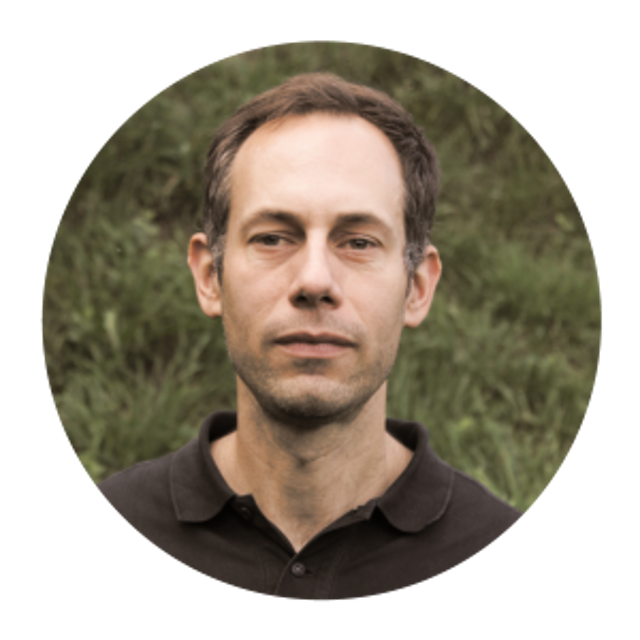
Renato Renner
ETH Zürich
Monday, 6July 2020
09:00 - 09:30 CEST
Testing the non-existence of information
A fundamental feature of quantum theory is that it allows us to prove the “non-existence” of information. This feature is exploited, for instance, in quantum random number generation or quantum cryptography. Both of these applications rely on the fact that, before a random number or a secret key is output by a device, that random number or key was not only hidden — it simply did not exist!
This is at least what the theory says. When it comes to real-world experiments, the situation becomes more difficult. The main problem is that, in contrast to existence, the non-existence of information is not directly testable. Indeed, the supposedly non-existing information could have been hidden in a degree of freedom of a device which we may not have access to (or not even be aware of). This problem is solved by the “device-independent” approach to quantum information. Here the relevant guarantees, e.g., that a random number did not exist before the device output it, can be established without knowing the details of the device.
In my talk, I will first briefly explain the basics of device independent quantum information processing and then discuss the challenge of realising a device-independent quantum cryptographic scheme.
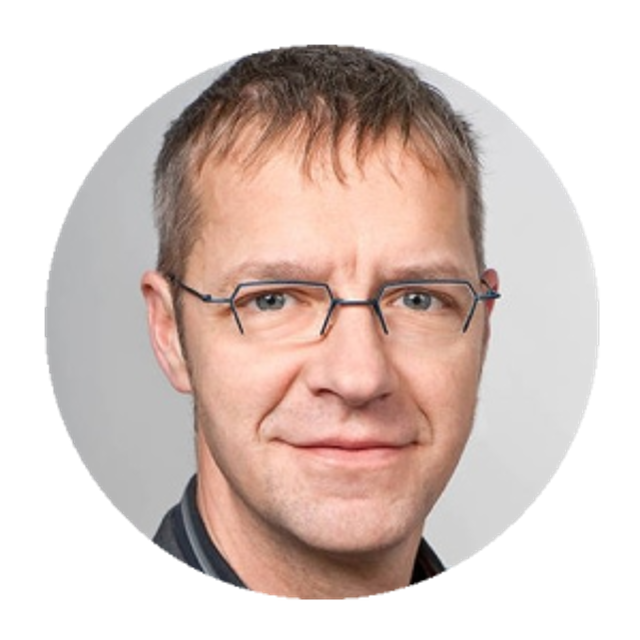
Holger Boche
TU München
Monday, 6 July 2020
09:35 - 10:05 CEST
Post Shannon Quantum Communication and (unexpected) Links between Computing and Information Processing
The talk will first introduce performance requirements and post Shannon communication tasks for future quantum communication networks. Following this, the post Shannon communication tasks "identification of messages" and "secure identification of messages" will be discussed in detail and corresponding capacities will be derived. It turns out that these communication tasks behave quite unexpectedly compared to "Shannon's message transmission" communication tasks. This also applies to "identification of messages" with feedback and entanglement assistance. Subsequently, it will be shown that important capacities are not Turing computable, i.e. they can never be calculated or simulated on digital hardware with performance guarantees.
Continuing with these results, the second part of the talk will examine methods of information processing and physical theories regarding their computability on Turing machines. Some questions of computability and connections to Research Unit B, quantum simulation, and to Research Unit C, quantum computing, will be discussed. A large number of information processing tasks and physical theories will be identified that are not computable on Turing machines, i.e. ones that can never be simulated on a Turing machine with performance guarantees. For some of these problems, "implementations" on "ideal analog computers" are possible. Thus on the level of "abstract machine models" for computation it turns out that for these tasks the "ideal analog computer" is more powerful than the ideal digital computing model of "Turing Machine."
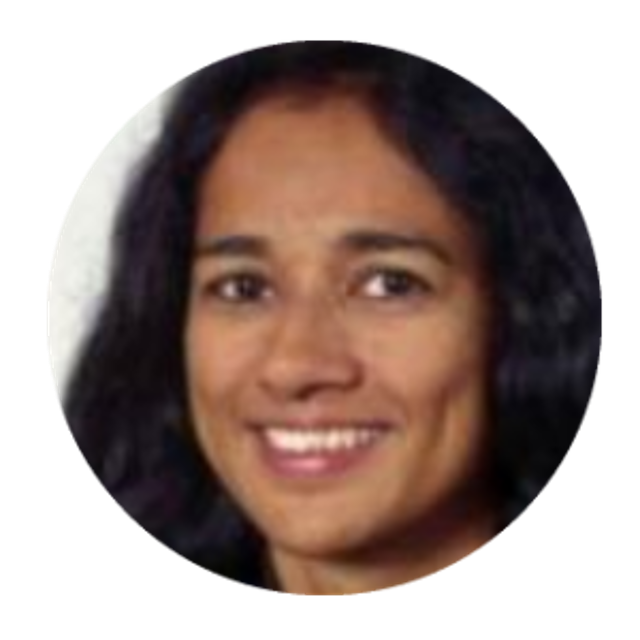
Nilanjana Datta
University of Cambridge
Monday, 6 July 2020
10:30 - 11:00 CEST
Discriminating between unitary quantum processes
Discriminating between unknown objects in a given set is a fundamental task in experimental science. Suppose you are given a quantum system which is in one of two given states with equal probability. Determining the actual state of the system amounts to doing a measurement on it which would allow you to discriminate between the two possible states. It is known that unless the two states are mutually orthogonal, perfect discrimination is possible only if you are given arbitrarily many identical copies of the state.
In this talk we consider the task of discriminating between quantum processes, instead of quantum states. In particular, we discriminate between a pair of unitary operators acting on a quantum system whose underlying Hilbert space is possibly infinite-dimensional. We prove that in contrast to state discrimination, one needs only a finite number of copies to discriminate perfectly between the two unitaries. Furthermore, no entanglement is needed in the discrimination task. The measure of discrimination is given in terms of the energy-constrained diamond norm and one of the key ingredients of the proof is a generalization of the Toeplitz-Hausdorff Theorem in convex analysis. Moreover, we employ our results to study a novel type of quantum speed limits which apply to pairs of quantum evolutions.This work was done jointly with Simon Becker (Cambridge), Ludovico Lami (Ulm) and Cambyse Rouze (Munich).
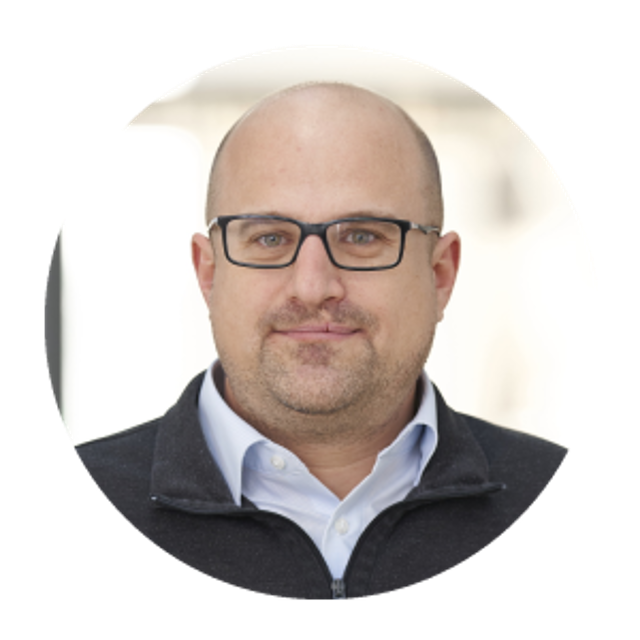
Norbert Schuch
MPQ
Monday, 6 July 2020
11:05 - 11:35 CEST
An entanglement-based view on quantum many-body systems
Quantum many-body systems exhibit a wide range of exciting and unconventional phenomena, such as order outside the conventional framework of symmetry breaking ("topological order") which is accompanied by excitations with exotic properties ("anyons"), and the ability to store and process quantum information. All these phenomena are deeply rooted in the complex global quantum entanglement present in these systems. In my talk, I will explain how Quantum Information Theory, and in particular the theory of entanglement, provides us with a comprehensive perspective on these systems, which reconciles their global entanglement with the locality inherent to the physical laws, using the language of tensor networks. I will discuss how this allows us to obtain a full picture of how symmetries and entanglement interplay, and how it provides us both with a mathematical framework to analytically study exotic topologically ordered quantum systems, and with a wide range of numerical tools which allow to probe their unconventional physics at a microscopic level.
Quantum Simulation
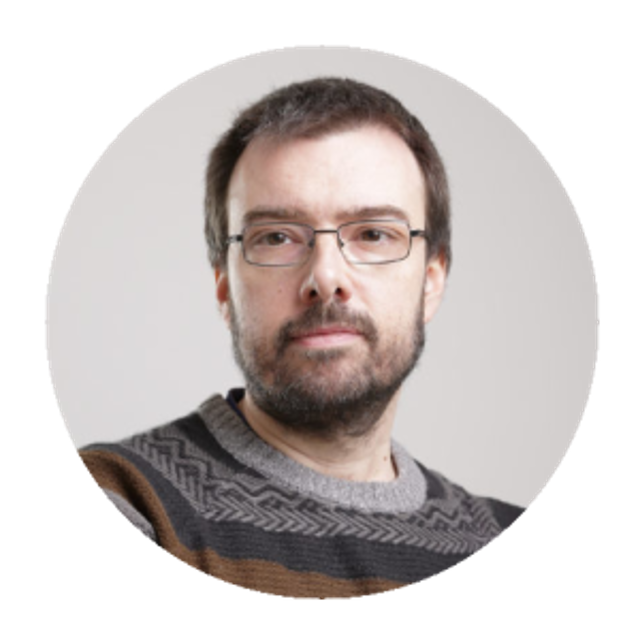
Thierry Lahaye
Institut d’Optique
Monday, 6 July 2020
12:00 - 12:30 CEST
Quantum simulation using arrays of single Rydberg atoms
In this talk, I will present our recent work at the Institut d’Otpique dealing with the quantum simulation of spin Hamiltonians using arrays of single atoms held in optical tweezers and excited to Rydberg states. After a brief description of the experimental techniques, I’ll give examples of how this platform can be used to study strongly interacting topological matter in one dimension [1], and how we plan to expand these studies to two dimensions [2, 3].
[1] S. de Léséleuc et al., Science 365, 775 (2019).
[2] S. Weber et al., Quantum Sci. Technol. 3, 044001 (2018).
[3] V. Lienhard et al., Phys. Rev. X 10, 021031 (2020).
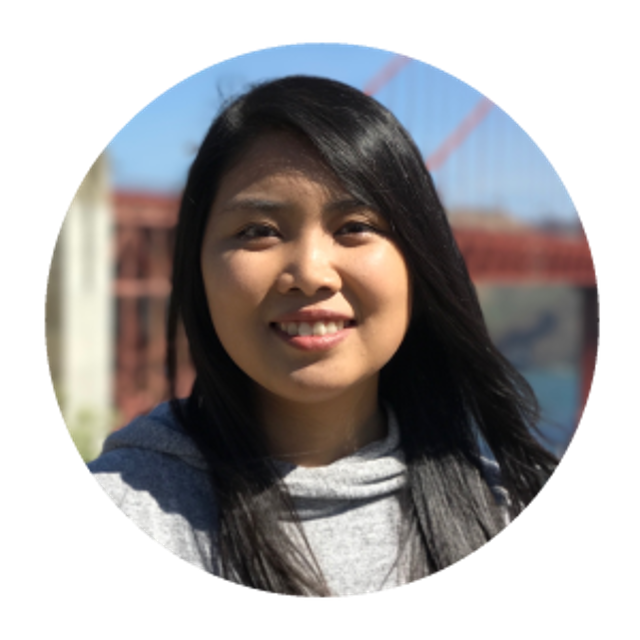
Pimonpan Sompet
MPQ
Monday, 6 July 2020
12:35 - 13:05 CEST
From One- to Two-dimensional Fermi-Hubbard model with Quantum Gas Microscope
Exotic phenomena in doped Fermi-Hubbard systems emerge from the interplay between charge and spin. We use ultracold fermions in optical lattice combined with our unique single-site spin and density detection to study microscopically the effect of the charge motion in the antiferromagnetic background for both one- and two-dimensional system. In 1D chains, we have showed the signatures of the spin-charge separation by tracking the time evolution of the spin and charge excitations after performing a local quench. In 2D system, we have observed the emergent of the magnetic polaron signatures where the motion of the charge creates a local reduction of magnetic correlations surround it. Here we extend our interesting into the transition from 1D to 2D crossover which is theoretically predicted to be unsmooth. With a high-resolution potential shaping using a digital-micromirror device, this enables the access to the ladder Fermi-Hubbard systems with different number of legs. By assembling chains to make ladders of increasing width, this allows us to investigate the 1D to 2D transition.
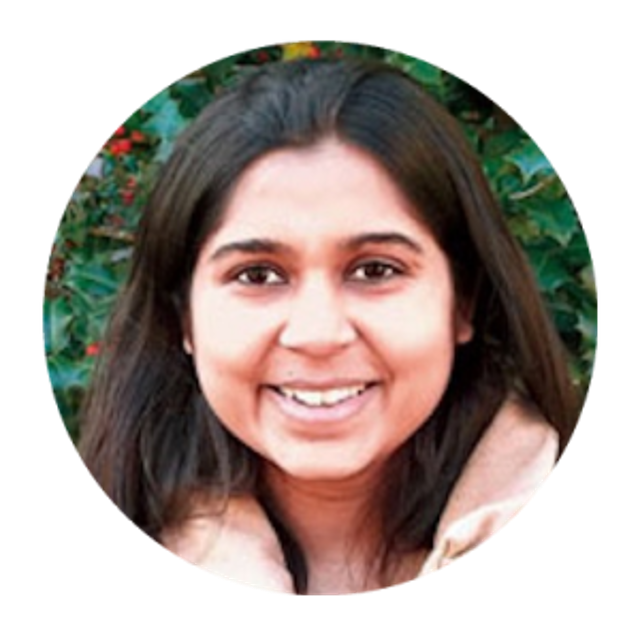
Vedika Khemani
Stanford University
Monday, 6 July 2020
16:35 - 17:05 CEST
Many-body physics in the NISQ era: quantum programming a discrete time crystal
Given recent progress in the realm of noisy, intermediate scale quantum (NISQ) devices, we explore their implications for quantum many-body physics in a practical sense: we ask which physical phenomena in the realm of quantum statistical mechanics can these devices realize better than any other experimental platform. As a target, we identify discrete time crystals (DTCs), novel out-of-equilibrium phases of matter that break time translation symmetry, and are realized in the intrinsically nonequilibrium setting of periodically driven quantum systems stabilized by disorder and many-body localization. While precursors of time-crystals have been observed across a variety of experimental platforms - ranging from trapped ions to nitrogen vacancy centers - each of these lacks one or more of the necessary ingredients for realizing a true incarnation of this phase, and detecting the long-range spatiotemporal order that is its defining feature. We show that a new generation of quantum simulators, such as Google's Sycamore processor, can be programmed to realize the DTC phase and to experimentally verify its dynamical properties using a wide range of observables and initial states. We also discuss the effects of environmental decoherence, and show that already with existing technology one could observe the persistence of DTC spatiotemporal order over hundreds periods, with parametric improvements to come as the technology advances in the future.
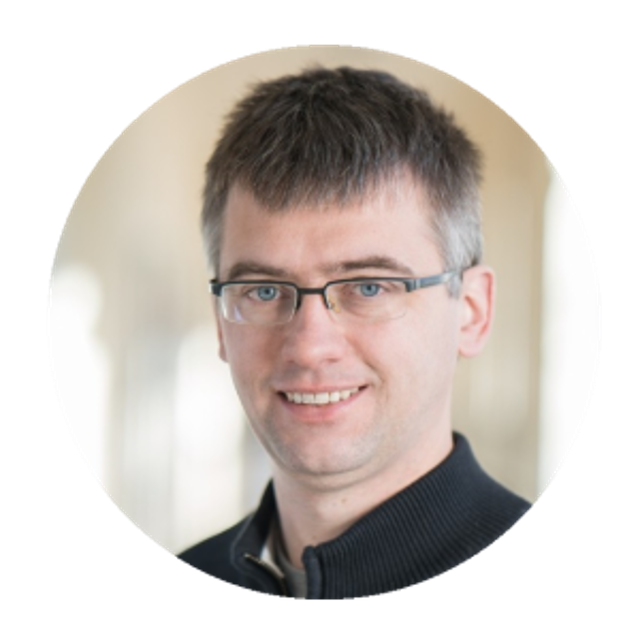
Lode Pollet
LMU München
Monday, 6 July 2020
18:05 - 18:35 CEST
The mixed-dimensional t − Jz model from a lattice gauge theory perspective
We study the interplay of spin- and charge degrees of freedom in a doped Ising anti-ferromagnet, where the motion of charges is restricted to one dimension. The phase diagram of this mixed-dimensional t − Jz model can be understood in terms of spin-less chargons coupled to a Z2 lattice gauge field. The anti-ferromagnetic couplings in the system give rise to interactions between Z2 electric field lines which, in turn, lead to a robust stripe phase at low temperatures. At higher temperatures, a confined meson-gas phase is found for low doping whereas at higher doping values, a robust deconfined chargon-gas phase is found which features hidden anti-ferromagnetic order. Our calculations are based on effective gauge theories and quantum Monte Carlo simulations.
C: Quantum Computing
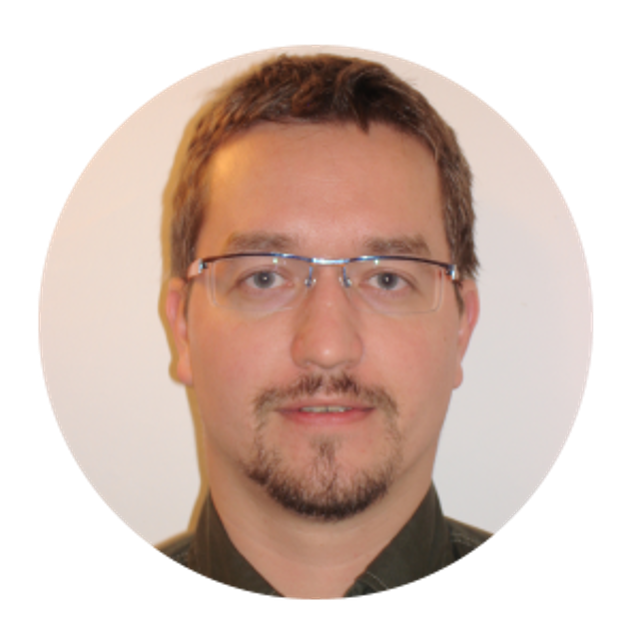
Thomas Monz
University of Innsbruck
Tuesday, 7 July 2020
14:30 - 15:00 CEST
Progress in experimental quantum error correction with trapped ions
Quantum error correction promises to enable quantum computation of arbitrary depth. The generally stated requirement here is to realize quantum gate operations operating better than the fault tolerance threshold. For currently preferred error correction codes, the threshold is at about 1% error rate - a threshold repetitively achieved in ion-trap based quantum computers by several teams. However, this threshold is based on the assumption that the sole error source is 'errors within the computational Hilbert space' , meaning the model that the physical implementation of a qubit really a two-level system. Experimentally, there are more possible errors, for instance qubit loss. In this presentation I will present experimental work by the team in Innsbruck on extending the toolbox for quantum error correction to deal with qubit loss.
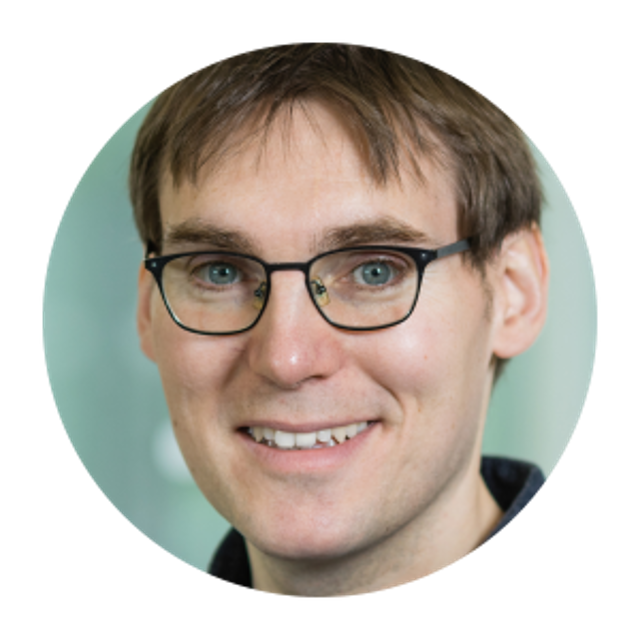
Christian Mendl
TU München
Monday, 6 July 2020
17:30 - 18:00 CEST
Quantum Computing Applications
Following the demonstrated feasibility of building quantum computers in the laboratory, finding and establishing practical use case scenarios for them is currently a highly active field of research, in particular when taking NISQ-era limitations into account. A promising and natural direction, as put forward by Richard Feynman almost 40 years ago, is quantum simulation, i.e., using a quantum computer to simulate another quantum system, with applications to condensed matter systems or quantum chemistry. Beyond that, employment for "classical" problems, like high-dimensional optimization or machine learning, likewise attract large interest; nevertheless, there are still many open questions, e.g., how to feed large amounts of (classical) data through a quantum computer. This talk will provide an overview of recent developments regarding envisioned applications of (future) quantum computers.

John Martinis
University of California Santa Barbara
Tuesday, 7 July 2020
16:00 - 16:30 CEST
Quantum supremacy using a programmable superconducting processor
The promise of quantum computers is that certain computational tasks might be executed exponentially faster on a quantum processor than on a classical processor. A fundamental challenge is to build a high-fidelity processor capable of running quantum algorithms in an exponentially large computational space. Here we report the use of a processor with programmable superconducting qubits to create quantum states on 53 qubits, corresponding to a computational state-space of dimension 2^53 (about 10^16). Measurements from repeated experiments sample the resulting probability distribution, which we verify using classical simulations. Our Sycamore processor takes about 200 seconds to sample one instance of a quantum circuit a million times—our benchmarks currently indicate that the equivalent task for a state-of-the-art classical supercomputer would take approximately 10,000 years. This dramatic increase in speed compared to all known classical algorithms is an experimental realization of quantum supremacy for this specific computational task, heralding a much-anticipated computing paradigm.
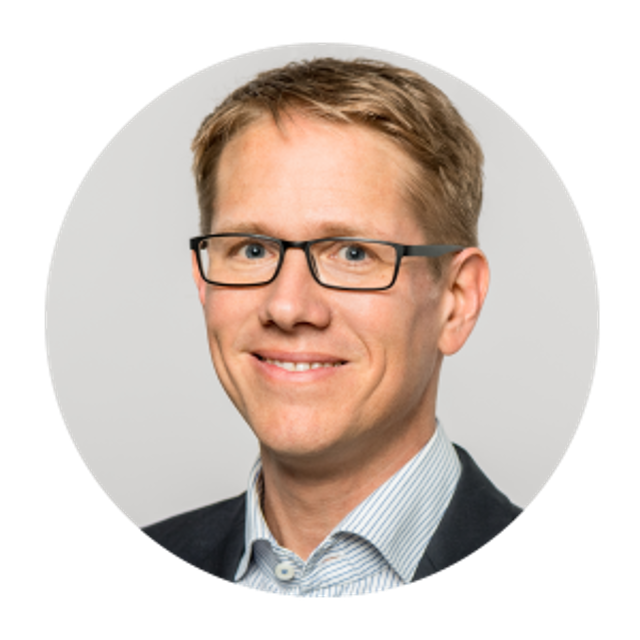
Stefan Filipp
WMI & TU München
Tuesday, 7 July 2020
15:05 - 15:35 CEST
Tailored quantum gates for chemistry calculations on superconducting quantum devices
With the rapid development of quantum technology, quantum computers hold promise to eventually outperform conventional computers in certain types of problems such as the computation of complex molecules. A key requirement to perform computations on current and near-term quantum processors is the design of quantum algorithms with short circuit depth that finish within the coherence time of the qubits. To this end, it is essential to implement a set of quantum gates that is tailored to the problem at hand and that can be directly implemented in hardware. We utilize a parametrically driven tunable coupler to realize exchange-type gates that are configurable in amplitude and phase on two fixed-frequency superconducting qubits. Such gates are particularly well suited for quantum chemistry applications because they preserve the number of qubit excitations corresponding to the fixed number of electrons in the molecule. We analyse the origin of operational errors and are able to reduce the error per gate to 1.3%. Following the equation of motion (EOM) approach, we compute not only the ground state but also higher-excited states of molecular hydrogen with an average accuracy of 50 milli-Hartree, a good starting point for the simulation of larger molecular systems.
D: Quantum Communication
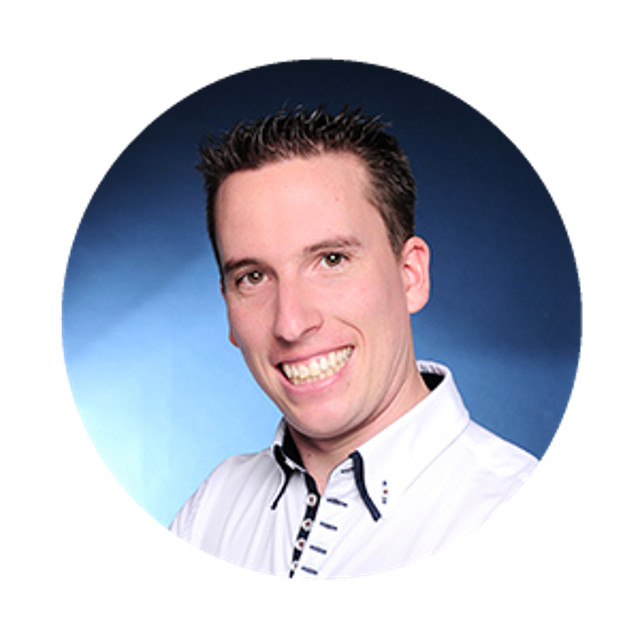
Kai Müller
TU München
Wednesday, 8 July 2020
09:00 - 09:30 CEST
Dynamics of non-classical light generation based on semiconductor quantum dots
Due to their excellent optical properties, such as fast emission rates and nearly transform-limited linewidth, semiconductor quantum dots are promising for applications in photonic quantum technologies and for testing fundamental quantum-optical predictions.
For the generation of non-classical light resonant excitation is essential since it avoids the creation of free carriers which cause fluctuations in the environment. For on demand single-photon generation, a two-level system given by an excitonic transition in a quantum dot is typically excited with a resonant laser pulse of area π. This prepares the two-level system in its excited state from where it spontaneously emits a single photon. However, emission that occurs already during the presence of the laser pulse allows for re-excitation and, thus, multi-photon emission which limits the single-photon purity [1]. Interestingly, exciting the system with a pulse of area 2π results in the preferential emission of two-photon pulses [2]. The system is most likely to emit a photon when it is in its excited state – exactly after an area of π has been absorbed - which restarts the Rabi oscillation causing re-excitation and the emission of a second photon with near-unity probability. Two-photon excitation of the biexciton allows to further reduce the multi-photon probability as the system needs to return to the ground state via the biexciton-exciton cascade before re-excitation can occur [4]. This inherently decreases the indistinguishability of the two emitted photons due to the entangled nature of a cascaded emission, but very high indistinguishability can still be achieved by tailoring the biexciton and exciton emission rates [5]. Finally, we discuss the origin of antibunching under weak cw excitation and demonstrate that in contrast to previous predictions it is only possible to obtain single photons character or sub-natural linewidth [5].
[1] K. A Fischer, et al., New J. Phys. 18, 113053 (2016).
[2] K. A. Fischer, et al., Nature Physics 13, 649-654 (2017).
[3] L. Hanschke et al., npj Quantum Information 4, 43 (2018)
[4] E. Schöll et al., arXiv:2006.05476 (2020)
[5] L. Hanschke et al., arXiv:2005.11800 (2020)
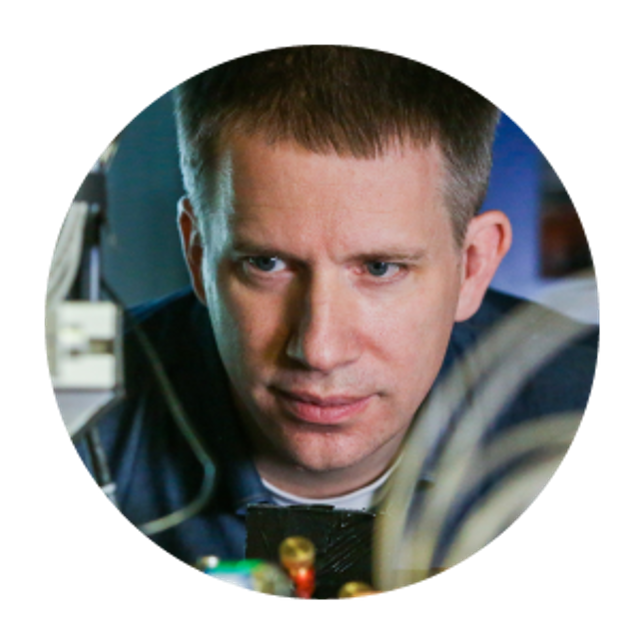
Arno Rauschenbeutel
Humboldt University
Tuesday, 8 July 2020
09:35 - 10:05 CEST
Correlating photons using the collective nonlinear response of atoms weakly coupled to an optical mode
Typical schemes for generating correlated states of light require a highly nonlinear medium that is strongly coupled to an optical mode. However, unavoidable dissipative processes, which cause photon loss and blur nonlinear quantum effects, often impede such methods. In this talk, I will report on our recent experimental demonstration of a proposal that takes the opposite approach [1]. Using a strongly dissipative, weakly coupled medium, we generate and study strongly correlated states of light [2]. Specifically, we study the transmission of resonant light through an ensemble of non-interacting atoms that weakly couple to a guided optical mode. Dissipation removes uncorrelated photons while preferentially transmitting highly correlated photons created through collectively enhanced nonlinear interactions. As a result, the transmitted light constitutes a strongly correlated many-body state of light, revealed in the second-order correlation function. The latter exhibits strong antibunching or bunching, depending on the optical depth of the atomic ensemble. The demonstrated mechanism opens a new avenue for generating nonclassical states of light and for exploring correlations of photons in non-equilibrium systems using a mix of nonlinear and dissipative processes. Furthermore, our scheme may turn out useful in quantum information science. For example, it offers a fundamentally new approach to realizing single photon sources, which may outperform sources based on single quantum emitters with comparable coupling strength [3].
[1] S. Mahmoodian, M. Čepulkovskis, S. Das, P. Lodahl, K. Hammerer, and A. S. Sørensen, Phys. Rev. Lett. 121, 143601 (2018).
[2] A. Prasad, J. Hinney, S. Mahmoodian, K. Hammerer, S. Rind, P. Schneeweiss, A. S. Sørensen, J. Volz, and A. Rauschenbeutel, arXiv:1911.09701 (2019).
[3] European patent pending (PCT/EP2019/075386).
Photo: Humboldt-Foundation/Elbmotion
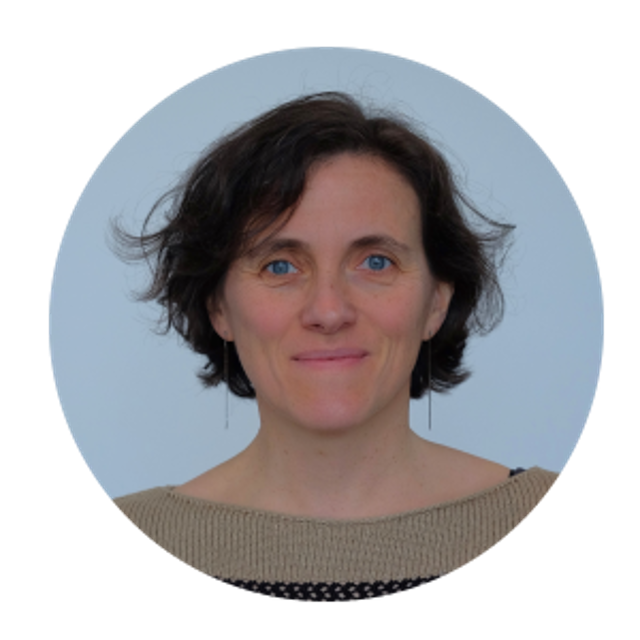
Pascale Senellart
C2N-CNRS
Wednesday, 8 July 2020
10:30 - 11:00 CEST
Pure quantum light generation in the solid-state
Semiconductor quantum dots have emerged as excellent quantum light sources when inserted in optical microcavities [1]. Cavity quantum electrodynamics allows both for an efficient collection of the single photons and for a strong suppression of the decoherence induced by the solid-state environment. The performances of these new single photon sources have recently allowed a spectacular speed-up of simple quantum computing schemes.
In this talk, I will discuss the possibility to generate light wavepackets in a photon number superposition [2] and how to strongly increase the source performances by exploiting the interaction of the quantum emitter with its vibrational environment.
[1] High-performance semiconductor quantum-dot single-photon sources, P Senellart, G Solomon, A White, Nature nanotechnology 12 (11), (2017)
[2] Generation of non-classical light in a photon-number superposition, JC Loredo, C Anton, et al., Nature Photonics 13 (11), 803 (2019)
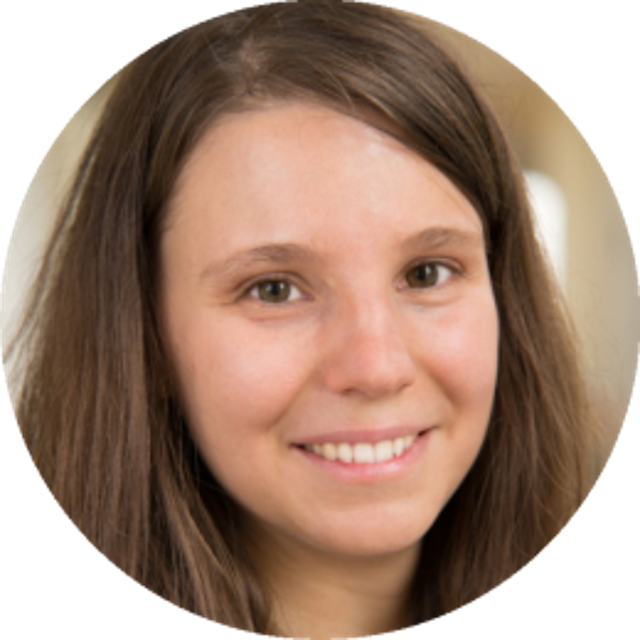
Jasmin Meinecke
LMU München
Wednesday, 8 July 2020
11:05 - 11:35 CEST
Quantum communication and correlations in noisy environments
Quantum correlations are the basis for many quantum science applications such as quantum computation and communication as well as fundamental tests of quantum mechanics. Quantum entanglement for example is usually revealed by a carefully chosen set of measurements. Under a number of experimental conditions, especially for communication in multiparty quantum networks, the relative measurement directions fluctuate and can be hard to calibrate.
I will focus on a scenario where entangled particles interact with fluctuating environments and show how one can still gain information about the state and its entanglement even with absolutely random measurements. From detailed distributions of measurement outcomes and their correlations different types of multipartite entanglement are identified making our method useful for entanglement verification in the presence of noise. This method overcomes any type and strength of localized unitary noise as long as the rate of entanglement generation is sufficiently high. Furthermore I will discuss how interactions with different environments affect the coherence in quantum states.
E: Quantum Metrology & Sensing

Amir Yacoby
Harvard University
Wednesday, 8 July 2020
14:30 - 15:00 CEST
Magnons as Probes of Strongly Correlated Electron Physics
Scattering experiments have revolutionized our understanding of nature. Examples include the discovery of the nucleus, crystallography, and the discovery of the double helix structure of DNA. Scattering techniques differ by the type of the particles used, the interaction these particles have with target materials and the range of wavelengths used. Here, we demonstrate a new 2-dimensional table-top scattering platform for exploring magnetic properties of materials on mesoscopic length scales. Long lived, coherent magnonic excitations are generated in a thin film of YIG and scattered off a magnetic target deposited on its surface. The scattered waves are then recorded using a scanning NV center magnetometer that allows sub-wavelength imaging and operation under conditions ranging from cryogenic to ambient environment. While most scattering platforms measure only the intensity of the scattered waves, our imaging method allows for spatial determination of both amplitude and phase of the scattered waves thereby allowing for a systematic reconstruction of the target scattering potential. Our experimental results are consistent with theoretical predictions for such a geometry and reveal several unusual features of the magnetic response of the target, including suppression near the target edges and gradient in the direction perpendicular to the direction of surface wave propagation. Our results establish magnon scattering experiments as a new platform for studying correlated many-body systems.

Hans Hübl
WMI
Tuesday, 8 July 2020
15:05 - 15:35 CEST
Inductively coupled nano-electromechanics – a pathway towards strong coupling?
The field of nano-electromechanics challenges force sensitivity limits and has the potential to study quantum mechanical phenomena in the literal sense. Demonstrated achievements range from zN/√Hz force sensitivities, the preparation of mechanical elements in is ground state, squeezing of mechanical states, to microwave storage applications. However, all of these accomplishments are based on the linearization of the nano-electromechanical interaction in the limit of large photon numbers, and hence do not utilize the full wealth of the interaction Hamiltonian.
Most experimental implementations of nano-electromechanical devices combine superconducting microwave resonators with mechanically compliant elements employing a capacitive coupling scheme. However, it was realized early on that inductive coupling schemes based on SQUIDs represent an alternative route and promise a tunable interaction strength with the potential to reach the strong vacuum coupling regime.
In this presentation, we discuss the experimental implementation of an inductively coupled nano-electromechanical device based on a partly suspended SQUID shunting a coplanar microwave resonator to ground. We will explore the scaling of the flux tuning and demonstrate interaction rates exceeding 1 kHz. Moreover, we set the performance of the device in context with achievable force sensitivities, ground state cooling, and the potential to reach the strong coupling limit.
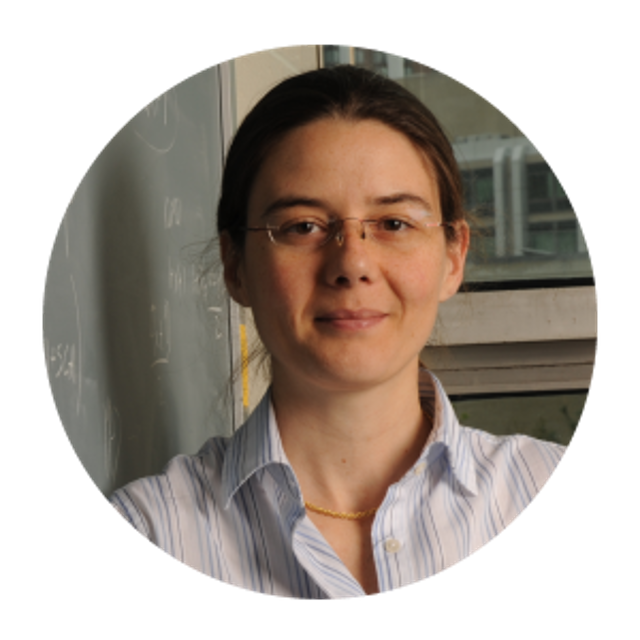
Paola Cappellaro
MIT
Wednesday, 8 July 2020
16:00 - 16:30 CEST
Quantum-Enhanced Sensing
Quantum sensors, such as the Nitrogen Vacancy color center in diamond, exploit the strong sensitivity of quantum systems to external disturbances to measure various signals in their environment with high precision.
These quantum sensors have the potential to be a revolutionary tool in material science, quantum information processing, and bioimaging. However, the same strong coupling to the environment also limits their sensitivity due to its decohering effects. Error correction strategies, including quantum error correction codes, robust many-body quantum phases, and dynamical decoupling, can help in fighting decoherence, but they incur the risk of also canceling the coupling to the signal to be measured.
Here I will show various schemes, focusing in particular on exploiting entanglement with ancillary systems, to achieve an advantageous compromise between noise and signal cancellation. This strategy can not only improve the sensitivity of the quantum sensor, but also yield new applications, via the transduction of the signals of interest into quantum perturbations.
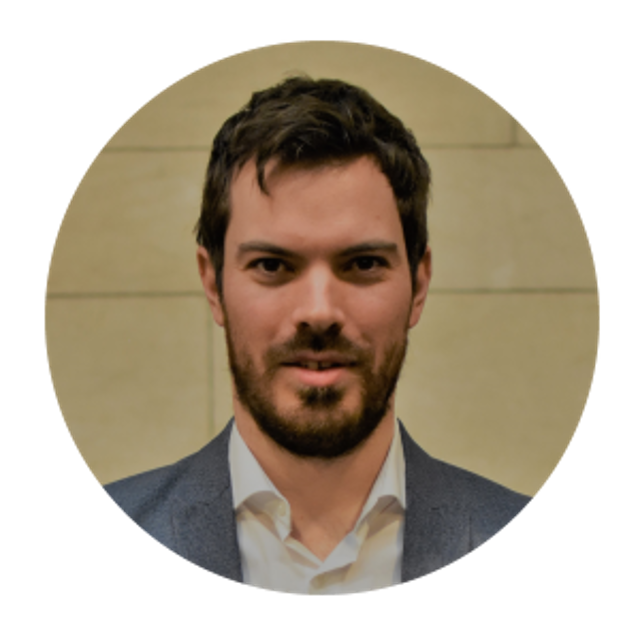
Dominik Bucher
TU München
Wednesday, 8 July 2020
16:35 - 17:05 CEST
Quantum sensing with (sub)-Hz frequency resolution: A new tool for chemical and life sciences
Recently, optically probed nitrogen-vacancy (NV) quantum defects in diamond have emerged as a new class of sensors allowing the measurement of magnetic fields on unprecedented length scales. However, the sensing scheme relies on the intrinsic coherence time of the NV-center which limits the spectral resolution in sensing of ac magnetic fields. Here, I would like to introduce a new pulse sequence which allows for the detection of magnetic fields with arbitrary frequency resolution. This technique is applied in my lab for sensing magnetic resonance signals with high spectral resolution on microscopic volumes, with applications from chemical to life sciences. I will discuss current progress in this field and provide a foresight of this rapidly advancing technology.
F: Quantum Matter
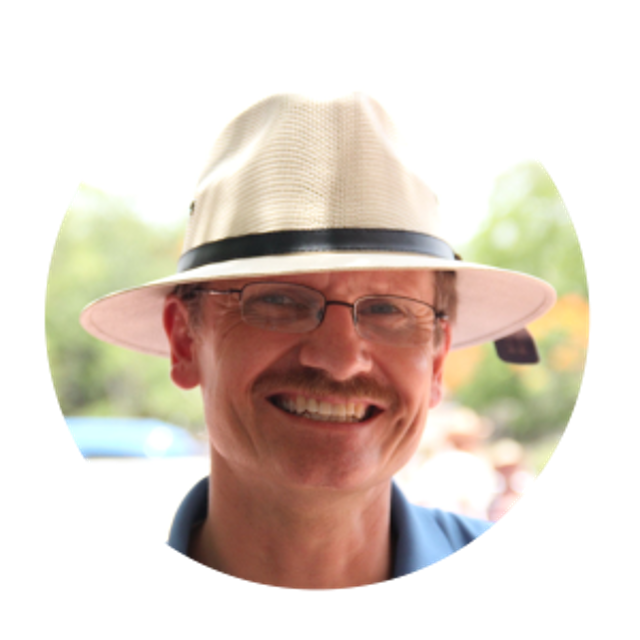
Collin Broholm
Johns Hopkins
Monday, 6 July 2020
14:30 - 15:00 CEST
Towards the experimental realization of a quantum spin liquid*
Defined by long range quantum entanglement rather than symmetry breaking, the quantum spin liquid (QSL) is a unique albeit elusive state of matter [1]. From a theoretical standpoint, exactly solvable models such as the Kitaev model indicate a QSL is realizable. I shall describe ongoing efforts (a) to stabilize a QSL in a real solid with the inevitable disorder and variety of interactions and (b) to devise experiments capable of positively identifying a QSL.
*Supported as part of the Institute for Quantum Matter, an Energy Frontier Research Center funded by the U.S. Department of Energy, Office of Science, Basic Energy Sciences under Award No. DE-SC0019331 and by the Gordon and Betty Moore Foundation under GBMF4532.
[1] “Quantum Spin Liquids,” C. Broholm, R. J. Cava, S. A. Kivelson, D. G. Nocera, M. R. Norman, and T. Senthil, Science, Vol. 367, Issue 6475, (2020).
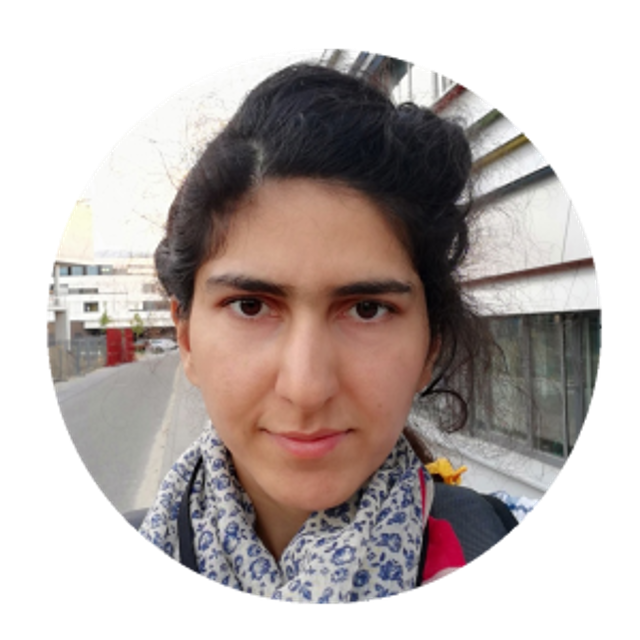
Aisha Aqeel
TU München
Monday, 6 July 2020
15:05 - 15:35 CEST
Electrical detection of skyrmions in a chiral magnetic insulator
Skyrmions are nano-scale spin-swirling objects observed e.g. in magnetic non-centrosymmetric bulk materials [1] in a small pocket of magnetic field and temperature phase space. These magnetic textures hold promise of topologically protected information bits for ultra thin memory devices where surfaces and interfaces play a crucial role. The main challenge for skyrmion spintronics is the electric manipulation and detection of magnetic skyrmions.
In this talk, I will present the use the Spin Hall Magnetoresistance (SMR) effect for the detection of static magnetization of skyrmions in a chiral magnetic insulator Cu2OSeO3. I will show how the Spin Hall Magnetoresistance (SMR) effect, originating from the combination of the direct and inverse spin Hall effects, allows for an electric probe of spin configurations at the interface between a magnetic insulator and a conductor. The spin configuration at the surface of the chiral magnets, such as Cu2OSeO3, is different from that in the bulk due to bulk Dzyaloshinskii-Moriya interactions in these materials. I will show that these differences in static magnetization, known as chiral surface twists, can be detected by the SMR and agree well with our numerical simulations [2]. Moreover, I will discuss the dynamic magnetization of skyrmions. Their dynamic excitation modes have been studied using microwave techniques and the lowest lying excitations comprise a breathing mode and two gyrating modes (clockwise and counter-clockwise) [3]. I will discuss these magnetic resonance modes in Cu2OSeO3 and how the cubic anisotropy in this system modifies these modes.
[1] Observation of Skyrmions in a Multiferroic Material, S. Seki, et al., Science 336, 198 (2012)
[2] All-electrical detection of skyrmion lattice state and chiral surface twists, A. Aqeel, et al., arXiv:2005.00427
[3] Universal Helimagnon and Skyrmion Excitations in Metallic, Semiconducting and Insulating Chiral Magnets, T. Schwarze, et al., Nature Materials 14, 478 (2015)
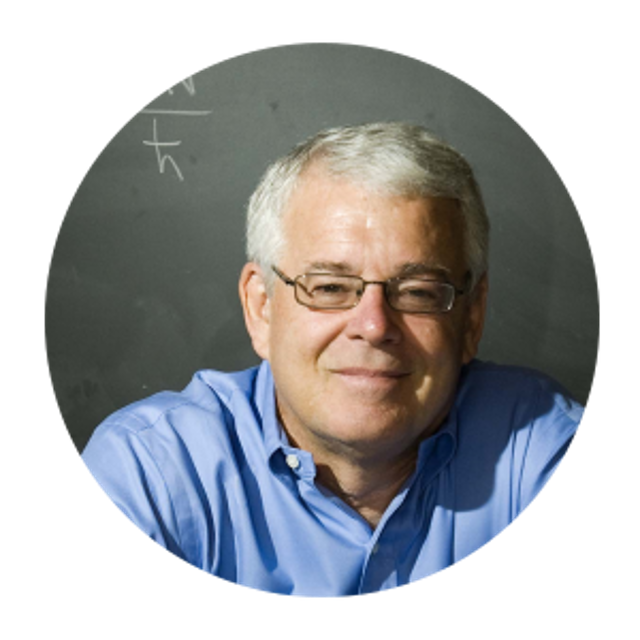
Allan MacDonald
University of Texas
Monday, 6 July 2020
16:00 - 16:30 CEST
Moiré Quantum Matter
Two-dimensional crystal bilayers form periodic moiré patterns when overlaid with a small difference in lattice constant or orientation. Explorations of this form of quantum matter are aided by the ability to tune the number of electrons per period over large ranges using electrical gates without introducing chemical dopants. Recent research has demonstrated that a rich variety of distinct strongly correlated electron and exciton states can be realized when moiré superlattices are formed in van der Waals bilayers, including superconductors, Mott insulators, Chern insulators, and density-waves. In the case of transition metal dichalcogenide bilayer moirés, for example, it is possible to realize single-band and multiple-band triangular and honeycomb lattice moirés, and to tune between narrow and broad band limits simply by varying the twist angle between two layers. The example of twisted graphene bilayers is particularly interesting. I will explain why twisted graphene moiré bands become extremely narrow at a discrete set of magic twist angles and comment on the Chern insulator states they host, which represent the first physical examples of purely orbital magnetism and of momentum space condensation. Finally, I will comment on this instance of the serial enigma of strongly correlated electron systems, superconductivity.
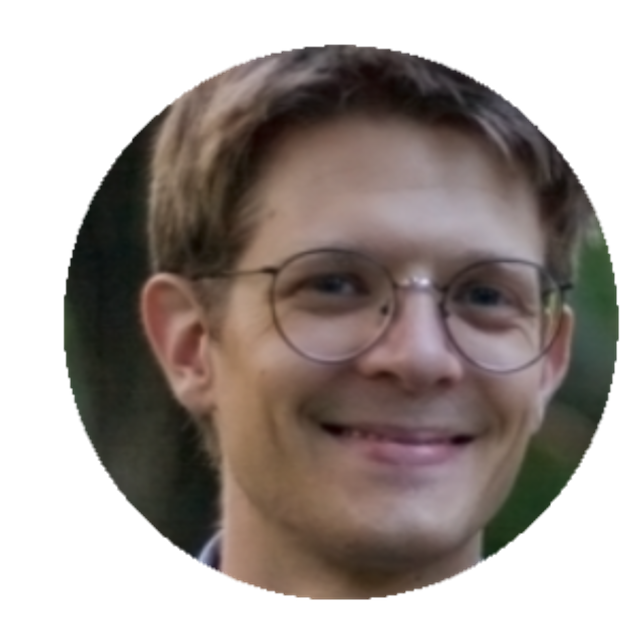
Fabian Grusdt
LMU München
Monday, 6 July 2020
16:35 - 17:05 CEST
Confined and deconfined partons in strongly correlated quantum matter
The physics of strongly correlated fermions in low dimensions still contains many mysteries, e.g. in the context of the Fermi-Hubbard model relevant for high-Tc superconductivity. An exciting scenario for understanding the rich and exotic phase diagrams of these systems assumes that emergent constituents — partons — can form, which carry fractions of the original fermion quantum numbers. The search for ‘smoking gun’ signatures of partons in Hubbard models has remained controversial, however. In this talk we will present newly accessible direct signatures for partons in such systems: on one hand, we will show that quantum gas microscopes have the ability to directly visualize the internal structure of parton composites. On the other hand, we will demonstrate how advanced numerical tools, based on matrix product states, yield the most direct signatures yet of parton formation in ARPES spectra. The talk will close by a discussion how confined phases of partons can feature hidden order, and how confinement can be probed in a quantum gas microscope. To this end we will discuss an example of 1D partons coupled to a Z2 gauge field.
G: Explorative Directions

Frank Verstraete
Ghent University
Tuesday, 7 July 2020
09:00 - 09:30 CEST
Continuous tensor networks for many body systems
Recent advances in simulating correlated quantum many body systems using continuous matrix product states will be discussed.
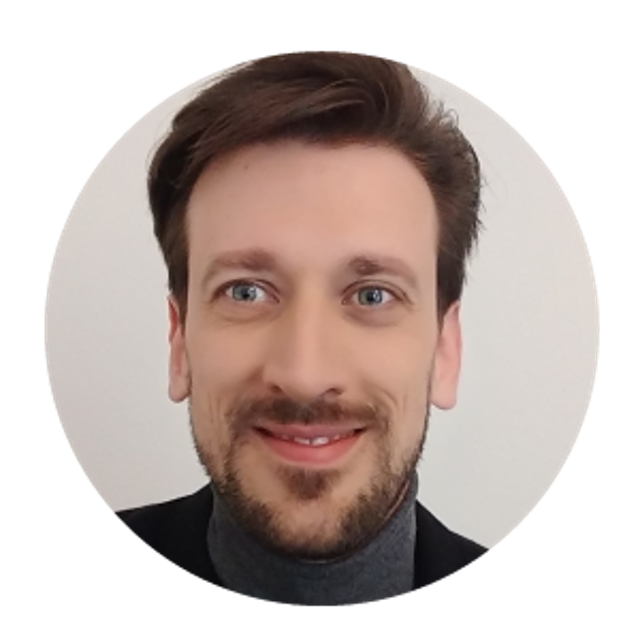
Christian Schilling
LMU München
Tuesday, 7 July 2020
09:35 - 10:05 CEST
The electron correlation problem from a quantum information perspective
Describing strongly interacting electrons is one of the crucial challenges of modern quantum physics. A comprehensive solution to this electron correlation problem would simultaneously exploit both the pairwise interaction and its spatial decay. By taking a quantum information perspective, we explain how this structure of realistic Hamiltonians gives rise to two conceptually di?erent notions of correlation and entanglement. The ?rst one describes correlations between orbitals while the second one refers more to the particle picture. We illustrate those two concepts of orbital and particle correlation and present measures thereof. Intriguingly, our results for di?erent molecular systems reveal that the total correlation between orbitals is mainly classical, raising questions about the general signi?cance of entanglement in chemical bonding. Finally, we also speculate on a promising relation between orbital and particle correlation and explain why this may replace the obscure but widely used concept of static and dynamic correlation.
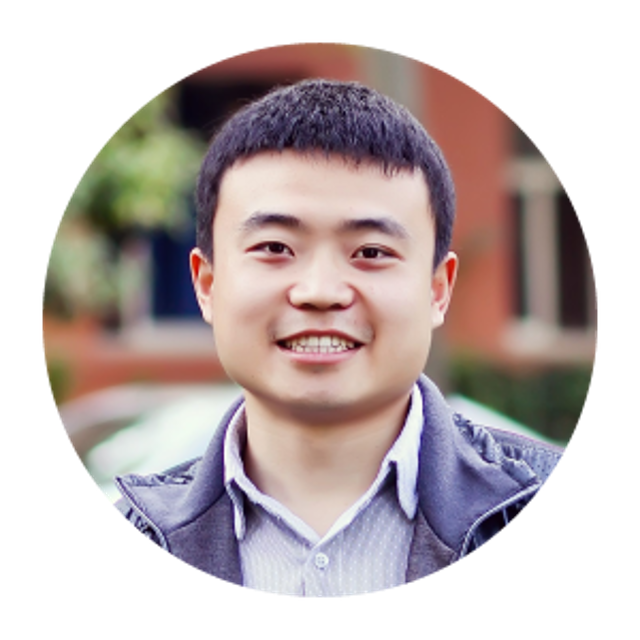
Bing Yang
University of Innsbruck
Tuesday, 7 July 2020
10:30 - 11:00 CEST
Observation of gauge invariance in a 71-site quantum simulator
The modern description of elementary particles is built on gauge theories. Such theories implement fundamental laws of physics by local symmetry constraints, such as Gauss's law in the interplay of charged matter and electromagnetic fields. Solving gauge theories by classical computers is an extremely arduous task, which has stimulated a vigorous effort to simulate gauge-theory dynamics in microscopically engineered quantum devices. Previous achievements used mappings onto effective models to integrate out either matter or electric fields, or were limited to very small systems. The essential gauge symmetry has not been observed experimentally. Here, we report the quantum simulation of an extended U(1) lattice gauge theory, and experimentally quantify the gauge invariance in a many-body system of 71 sites. Matter and gauge fields are realized in defect-free arrays of bosonic atoms in an optical superlattice. We demonstrate full tunability of the model parameters and benchmark the matter-gauge interactions by sweeping across a quantum phase transition. Enabled by high-fidelity manipulation techniques, we measure Gauss's law by extracting probabilities of locally gauge-invariant states from correlated atom occupations. Our work provides a way to explore gauge symmetry in the interplay of fundamental particles using controllable large-scale quantum simulators.
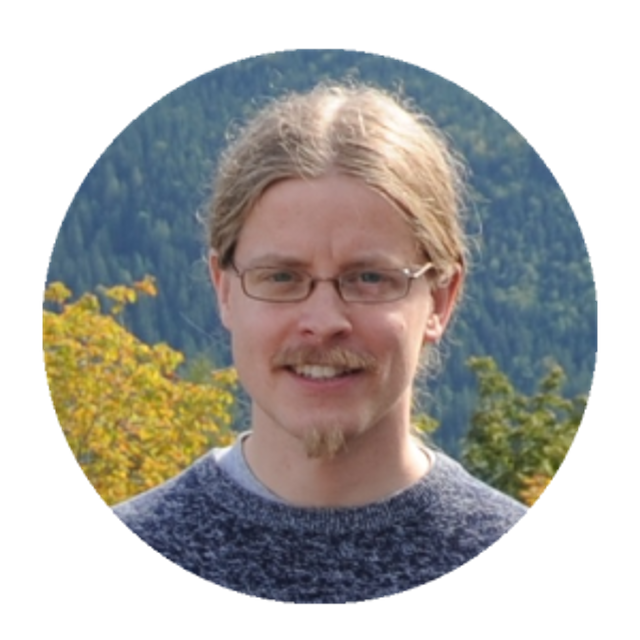
Martin Zeppenfeld
MPQ
Tuesday, 7 July 2020
11:05 - 11:35 CEST
Investigation of long-range interactions between polar molecules and Rydberg atoms
Due to their large electric dipole moments, strong dipole-dipole interactions between individual polar molecules and Rydberg atoms extend to micrometer scale distances, offering exciting opportunities for applications in quantum science and technology. In the first part of my talk, I will provide an overview of some of the theoretical proposals which have been suggested for this hybrid system. Here, Förster resonant energy transfer offers a particularly powerful tool for controlling molecule-Rydberg-atom interactions. I will then present our experimental work on investigating molecule-Rydberg-atom interactions. In the past, we have investigated such interactions at room temperature, allowing Förster resonant energy transfer between molecules and Rydberg atoms to be studied in detail. This includes tuning the interactions via externally applied electric fields. Currently, we are setting up a new experiment to investigate molecule-Rydberg-atom interactions at low temperatures, providing new opportunities.
In the final part of my talk I will present a brief overview of our parallel work on cooling formaldehyde molecules to sub-millikelvin temperatures and discuss favorable properties of formaldehyde for QIP.
Special Session
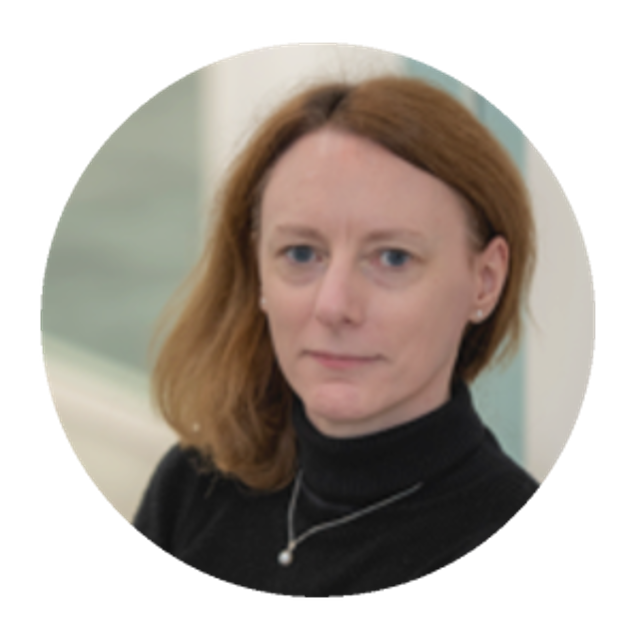
Marika Taylor
University of Southampton
Wednesday, 8 July 2020
12:00 - 13:05
Implicit bias in physics
This talk will explore implicit biases within physics and how these biases can affect our perceptions, actions and decisions. We will present evidence based approaches for addressing biases and discuss how effective training can be developed within physics departments, via collaborations between academics and diversity experts.